HPE’s supercomputer helps ISS astronauts experiment in space
Installed in May 2021, HPE claims it’s the first in-space commercial edge computing and AI system to run on the ISS
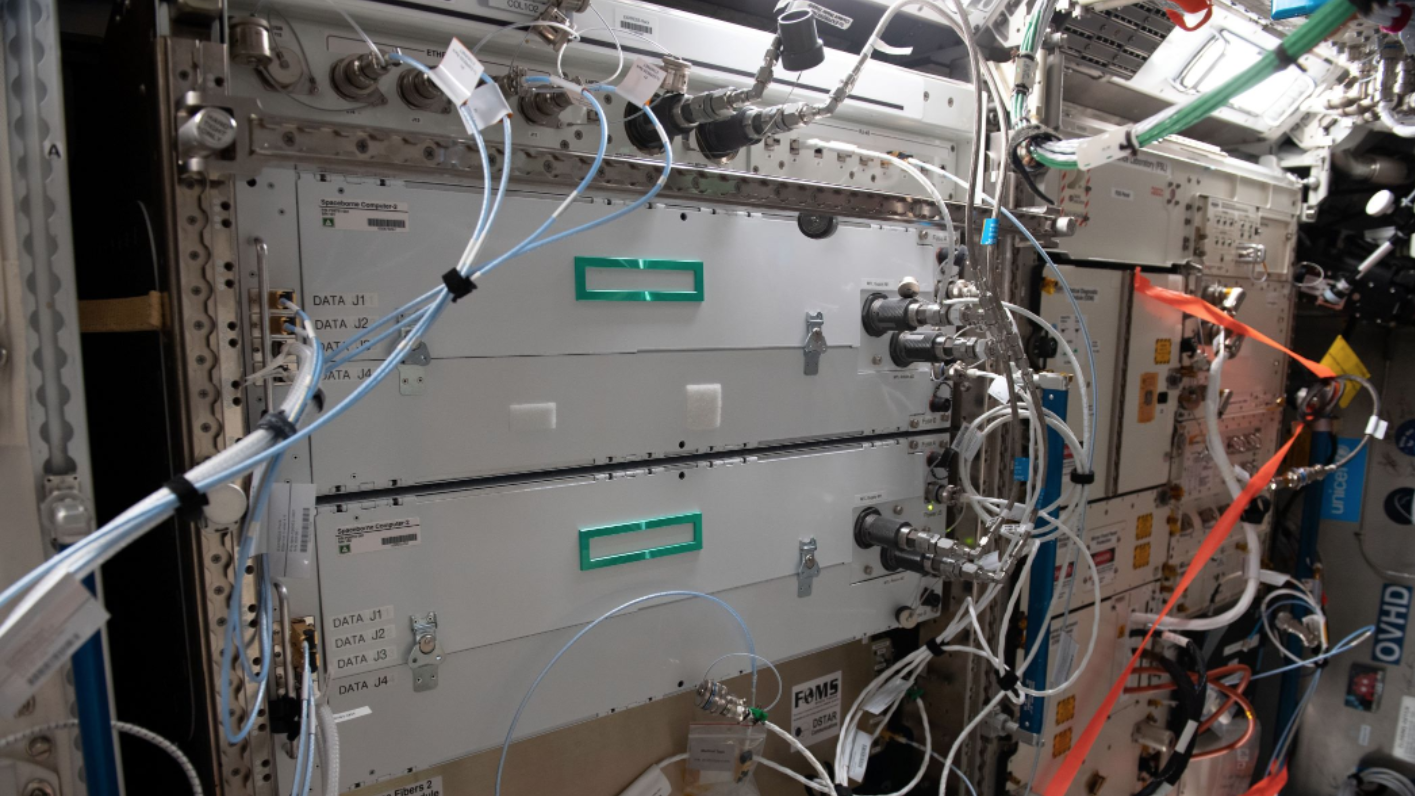

HPE’s Spaceborne Computer-2 (SBC-2) has successfully completed 24 research experiments on the International Space Station (ISS). The company claims this has accelerated time-to-insight from months and days to minutes.
The SBC-2 is the first in-space commercial edge computing and AI-enabled system to run on the ISS, according to HPE, and was installed in May 2021. The experiments involved real-time data processing and testing of new applications to prove reliability in space to increase autonomy for astronauts. The experiments were focused on healthcare, image processing, natural disaster recovery, 3D printing, 5G, and AI.
SBC-2 consists of HPE’s edge computing hardware, including the HPE Edgeline Converged EL4000 Edge system, which is designed to perform in harsher edge environments, such as space. It’s also made up of the HPE ProLiant DL360 server, a server for additional high-performing capabilities to target a range of workloads, including edge, HPC and AI.
The supercomputer is part of a mission to advance computing and reduce dependence on communications as humans travel further into space to the moon, Mars, and beyond. It aims to demonstrate ways astronauts can increase self-sufficiency when processing data directly on the space station, bypassing longer latency and wait times that occur when relying on sending raw data to Earth to be processed and analysed, and sent back to space.
For example, HPE outlined that previously, 1.8 GB of raw DNA sequence data took an average time of 12.2 hours just to download to Earth for initial processing. With SBC-2, researchers on the ISS could process the same data in just six minutes to gather meaningful insights, compress it to 92 KB, and send it to Earth in just two seconds, representing a 20,000X speed-up.
“By introducing edge computing and AI capabilities to the International Space Station with Spaceborne Computer-2, we have helped foster a growing, collaborative research community that shares a common goal to make scientific and engineering breakthroughs that benefit humankind, on space and here on Earth,” said Mark Fernandez, principal investigator of Spaceborne Computer-2 at HPE. “We are proud of this ongoing work, which has already resulted in 24 completed experiments, from various organisations, demonstrating new possibilities for space exploration and milestones for humanity.”
What experiments have the Spaceborne Computer-2 been involved in?
The SBC-2 has run experiments for researchers developing capabilities for space exploration, like Axiom Space, Cornell University, Cumucore, Microsoft, NASA, and Titan Space Technologies.
Get the ITPro daily newsletter
Sign up today and you will receive a free copy of our Future Focus 2025 report - the leading guidance on AI, cybersecurity and other IT challenges as per 700+ senior executives
Using AI-enabled damage detection in astronaut gloves
RELATED RESOURCE
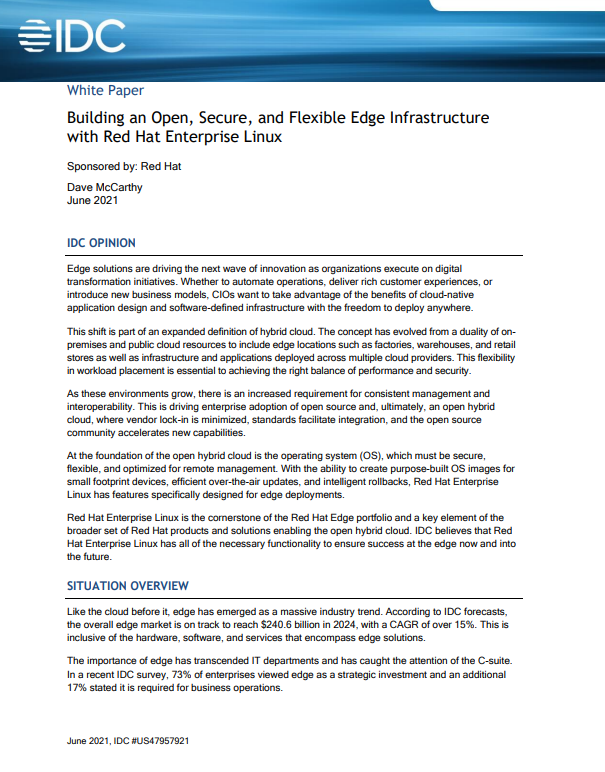
Building an open, secure, and flexible edge infrastructure
Driving the next wave of innovation
Astronauts on the ISS are often on spacewalks where they repair equipment, install new instruments and upgrade features and functions on the space station. They wear essential gloves that can experience natural erosion, along with even rips and cuts, that can present potential safety concerns.
In an experiment led by NASA, HPE and Microsoft, photos and recorded video taken in space of recently worn gloves by astronauts were processed using SBC-2’s AI capabilities. The glove analyzer model was then used to rapidly look for signs of damage on-orbit, in space. If damage is detected, an AI-annotated photo is generated in space and immediately sent to Earth, highlighting areas for further review by NASA engineers.
Automatic interpretation of satellite imagery after a disaster
NASA Jet Propulsion Laboratory (JPL) observes Earth from space to study science and climate, as well as support disaster response. Using Spaceborne Computer-2 along with embedded processors, NASA JPL tested several deep learning inference networks to automatically interpret remote sensed images from land and structures after a disaster.
Two of these techniques use radar data to determine flood extent, such as from a hurricane, and to determine urban building damage, such as from an earthquake. HPE said these techniques could be used onboard future spacecraft to rapidly deliver actionable products to relevant authorities to assist in disaster recovery.
3D printing in space through validated software
As humans look to future deep space travel, ordering supplies to repair or build new equipment from Earth will not be timely and practical, explained HPE. To increase self-sufficiency by enabling additive manufacturing for humans travelling beyond low Earth orbit (LEO), Cornell Fracture Group, part of Cornell University, developed a modelling software that can simulate 3D printing of metal parts and even predict failure and deformation that may result when printing in space. HPE said the software was successfully tested on SBC-2, showing that it can be used in space to digitally simulate a part and understand how it will perform in reality.
Expanding network capability on the ISS with a 5G core prototype
Cumucore, a private mobile network, tested its 5G core network, along with RAN emulators and other features, on SBC-2, to emulate current capabilities on the base station and end-user devices. HPE underlined that the experiment showed the potential to install state-of-the-art 5G capabilities on selected satellites and spacecraft to access a new level of communications in space.
Developing software codes to calculate fuel requirements based on space travel distance
HPE opened up SBC-2 to students in India involved in Codewars, an educational community and competition for computer programming. The projects largely focused on developing code using C++, Python and Fortran, with one involving C++ Pythagoras theorem code to calculate how much fuel is needed for a given space travel distance to directly travel to without requiring refuelling.
Zach Marzouk is a former ITPro, CloudPro, and ChannelPro staff writer, covering topics like security, privacy, worker rights, and startups, primarily in the Asia Pacific and the US regions. Zach joined ITPro in 2017 where he was introduced to the world of B2B technology as a junior staff writer, before he returned to Argentina in 2018, working in communications and as a copywriter. In 2021, he made his way back to ITPro as a staff writer during the pandemic, before joining the world of freelance in 2022.
-
 Bigger salaries, more burnout: Is the CISO role in crisis?
Bigger salaries, more burnout: Is the CISO role in crisis?In-depth CISOs are more stressed than ever before – but why is this and what can be done?
By Kate O'Flaherty Published
-
 Cheap cyber crime kits can be bought on the dark web for less than $25
Cheap cyber crime kits can be bought on the dark web for less than $25News Research from NordVPN shows phishing kits are now widely available on the dark web and via messaging apps like Telegram, and are often selling for less than $25.
By Emma Woollacott Published
-
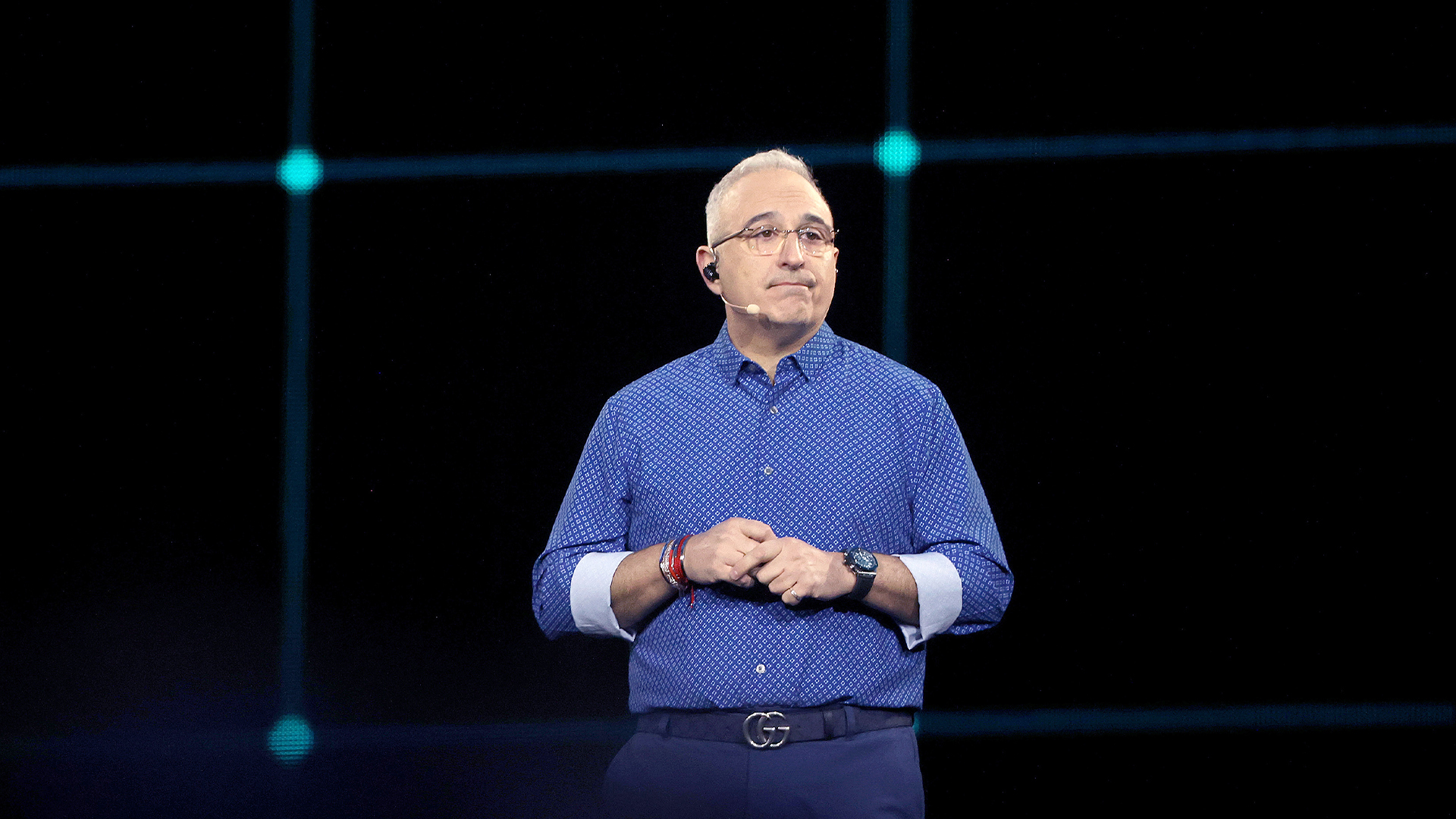 What HPE's results say about the direction of enterprise AI
What HPE's results say about the direction of enterprise AIAnalysis As with cloud computing, some companies value privacy over capacity
By Jane McCallion Published
-
 Gaining timely insights with AI inferencing at the edge
Gaining timely insights with AI inferencing at the edgeWhitepaper Business differentiation in an AI-everywhere era
By ITPro Published
-
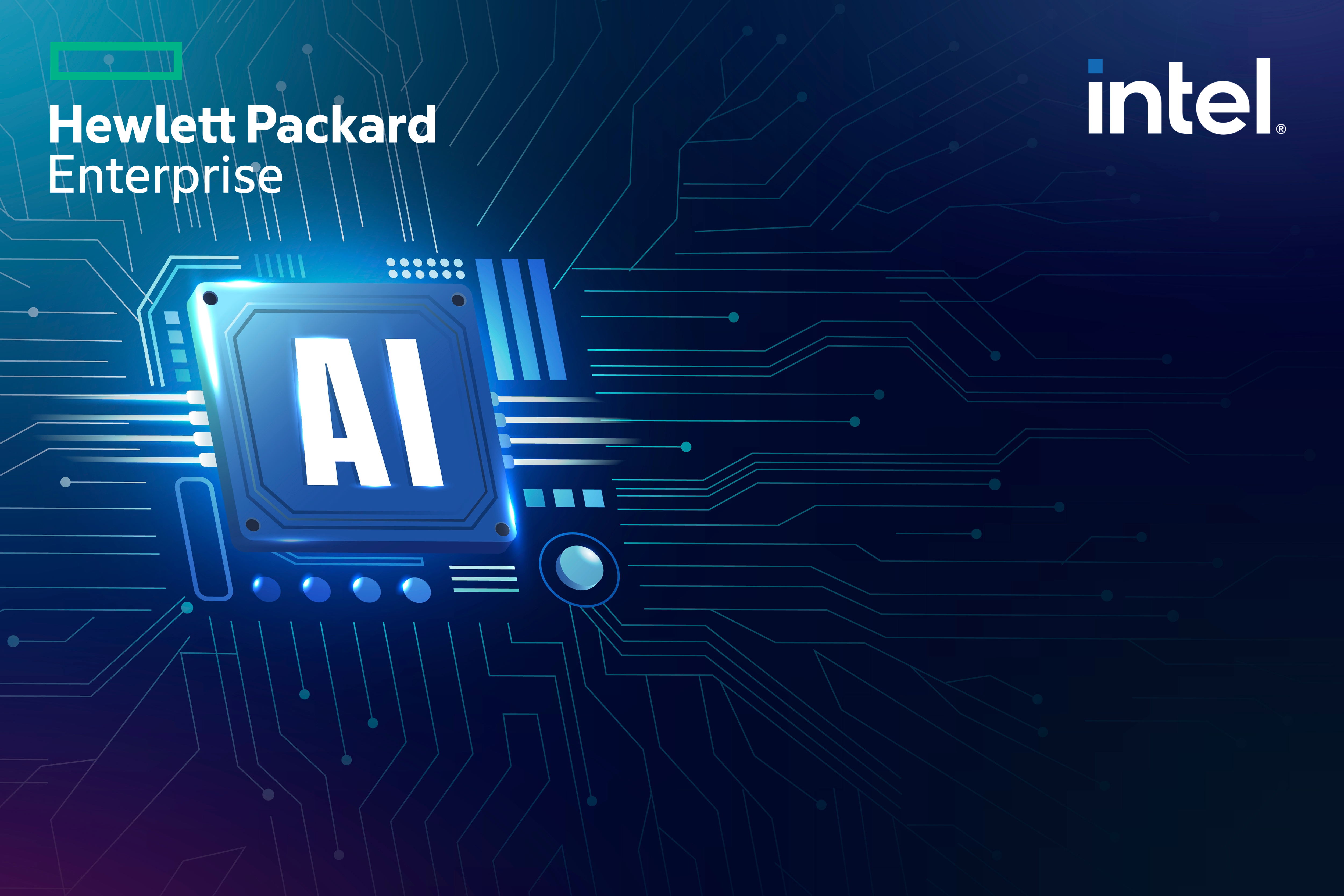 Digital strategies in the era of AI
Digital strategies in the era of AIWhitepaper Businesses are on the cusp of a major paradigm shift
By ITPro Published
-
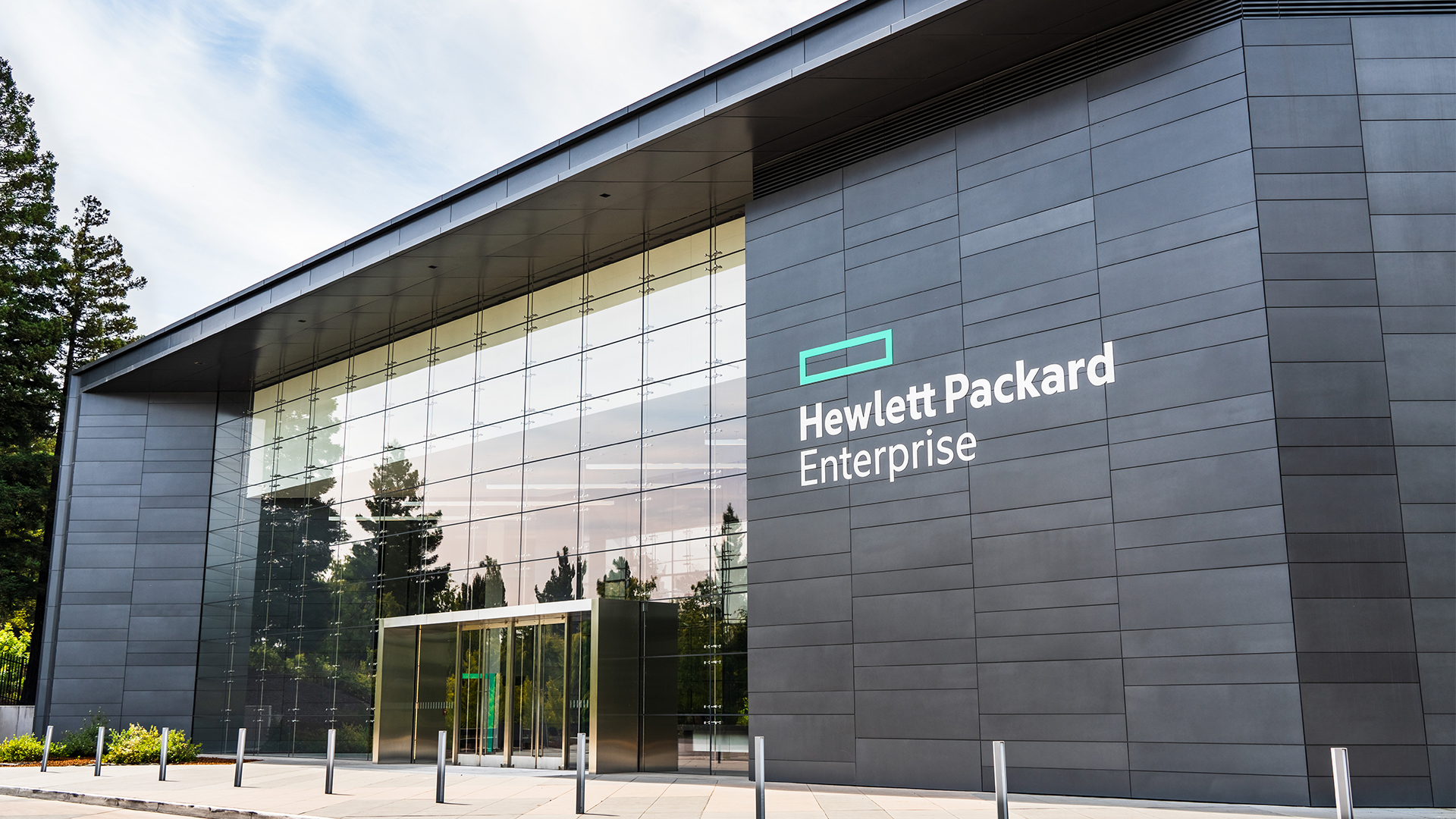 HPE’s AI and supercomputing journey continues with new Cray and Slingshot hardware
HPE’s AI and supercomputing journey continues with new Cray and Slingshot hardwareNews The company is also wooing MSPs and enterprises looking to roll out AI on-premises
By Jane McCallion Published
-
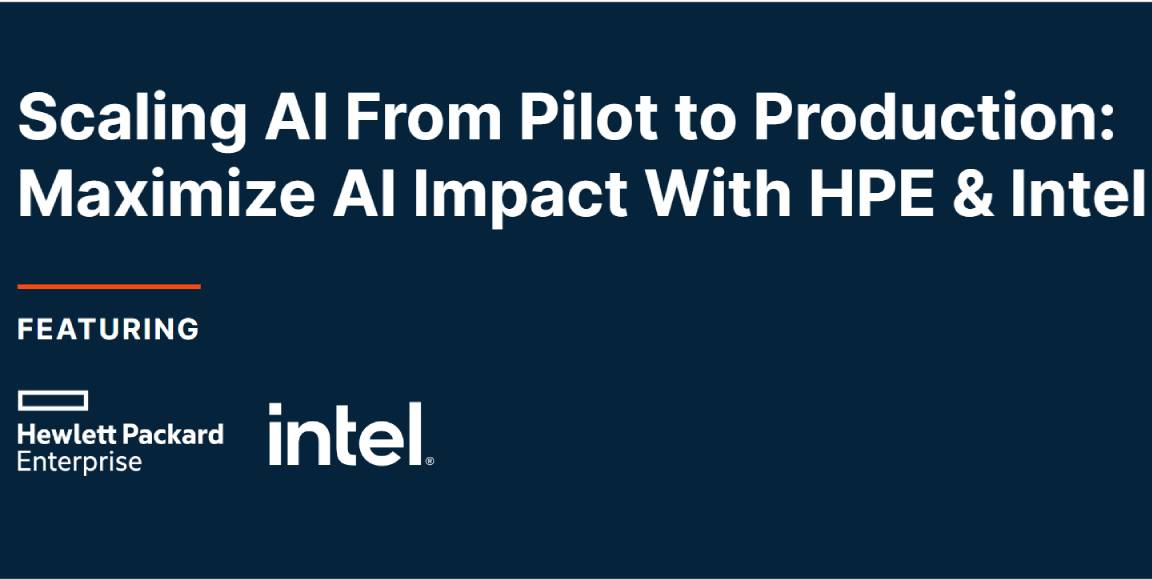 Scaling AI from pilot to production: Maximize AI impact with HPE & Intel
Scaling AI from pilot to production: Maximize AI impact with HPE & IntelWhitepaper Transform AI proof-of-concepts into full-scale implementations
By ITPro Published
-
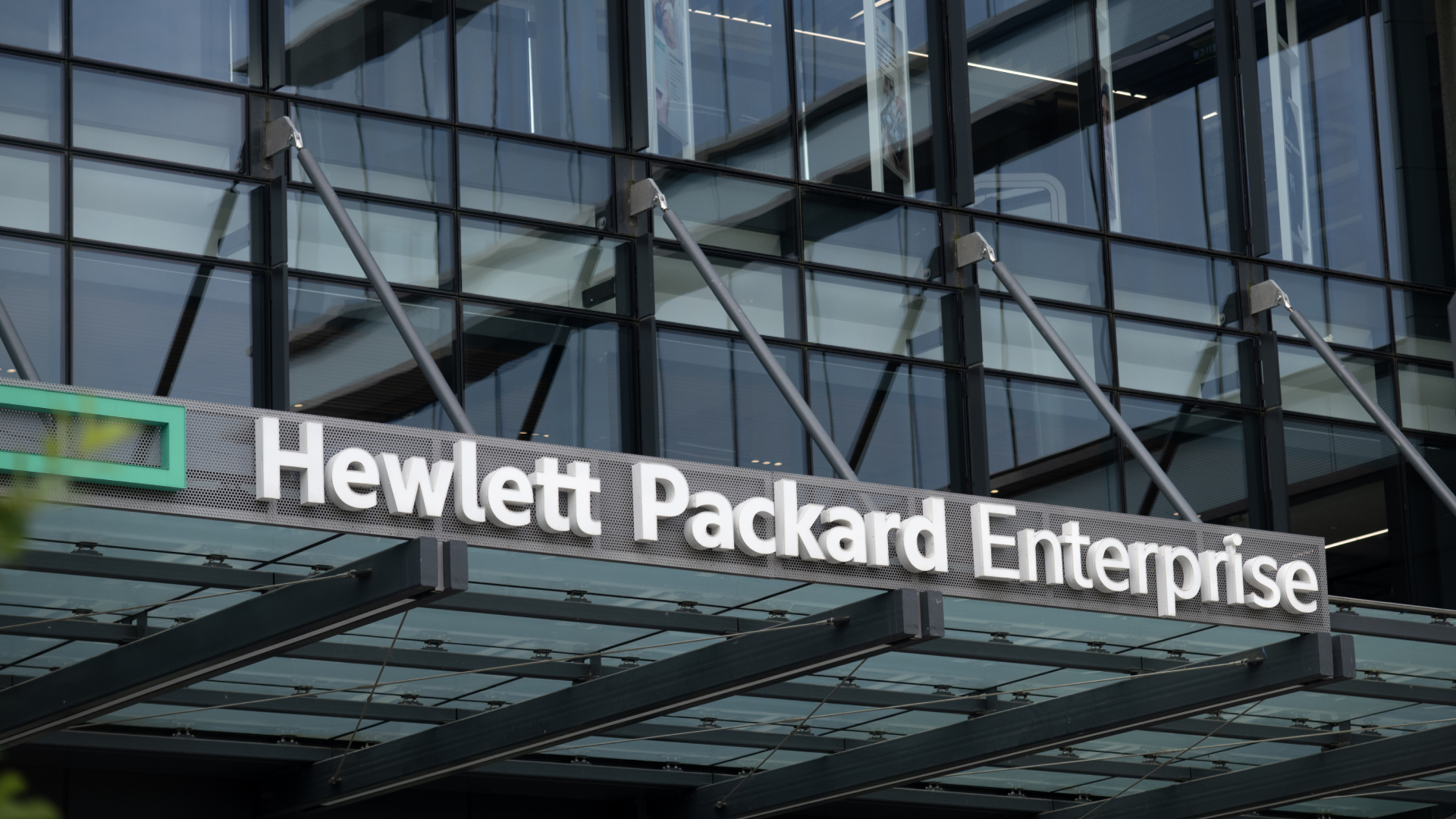 HPE’s ‘one-click AI solution’ for private cloud cuts project times from months to a ‘single moment’
HPE’s ‘one-click AI solution’ for private cloud cuts project times from months to a ‘single moment’News The new tools allow generative AI virtual assistants to be launched in seconds, using private data
By Emma Woollacott Last updated
-
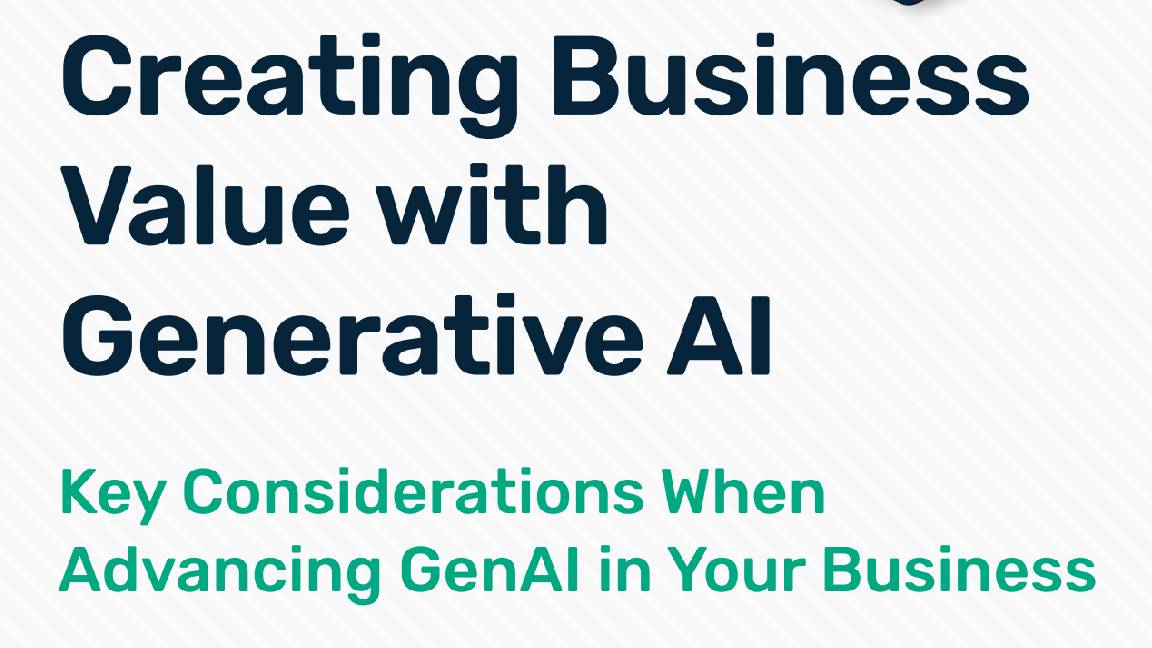 DE: The Gorilla Guide® to... Creating business value with generative AI
DE: The Gorilla Guide® to... Creating business value with generative AIWhitepaper Key considerations when advancing GenAI in your business
By ITPro Published
-
 FR: The Gorilla Guide® to... Creating business value with generative AI
FR: The Gorilla Guide® to... Creating business value with generative AIWhitepaper Key considerations when advancing GenAI in your business
By ITPro Published